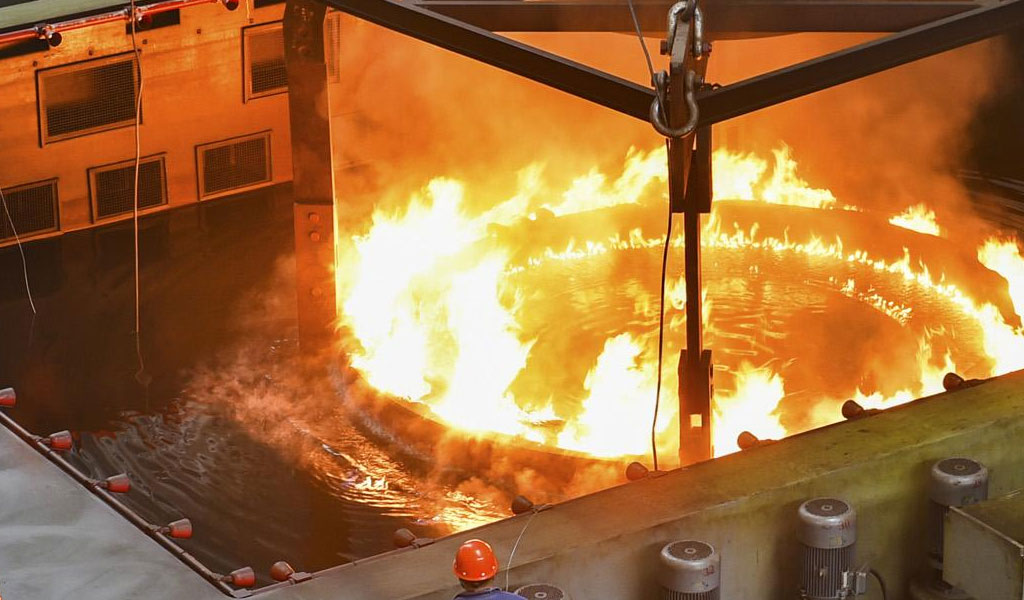
Different types of steel used as plastic molds have different chemical compositions and mechanical properties, so the manufacturing process routes are different; similarly, different types of plastic mold steels use different heat treatment processes.
Heat treatment is a critical process employed in the metallurgical industry to enhance the mechanical properties of steel. Hardened steel and pre-hardened steel are two variants that undergo distinct heat treatment procedures to achieve desired strength, toughness, and durability. Understanding the intricacies of these processes is essential for engineers, metallurgists, and manufacturers to produce high-quality steel components.
In this article, we delve deep into the heat treatment process of hardened steel and pre-hardened steel, exploring their methodologies, benefits, and applications.
Fundamentals of Heat Treatment
Before delving into the specifics of hardened steel and pre-hardened steel, it’s crucial to grasp the fundamentals of heat treatment. Heat treatment involves heating and cooling metal materials to alter their microstructure and consequently, their mechanical properties. The process typically consists of three stages: heating, soaking, and cooling. Each stage is meticulously controlled to achieve the desired material characteristics.
Hardened Steel: Process and Characteristics
Hardened steel is a type of steel that undergoes heat treatment to attain maximum hardness and strength. The process typically involves heating the steel to a specific temperature range, followed by rapid cooling, known as quenching. This rapid cooling alters the crystalline structure of the steel, transforming it into a hardened state.
Austenitizing
The first step in hardening steel is austenitizing, where the steel is heated to a temperature above its critical transformation point. This temperature varies depending on the composition of the steel but generally falls between 815°C to 900°C. Austenitizing allows the steel to enter the austenitic phase, where its crystalline structure becomes more uniform and less resistant to deformation.
Quenching
Following austenitizing, the steel is rapidly cooled by quenching it in a quenching medium such as oil, water, or polymer. Quenching causes the austenitic phase to transform into martensite, a crystalline structure characterized by high hardness and strength. The choice of quenching medium depends on the desired hardness and the steel’s composition.
Tempering
Although hardened steel exhibits exceptional hardness and strength, it often lacks toughness and may be prone to brittleness. To alleviate these issues, hardened steel undergoes tempering, a process that involves reheating the steel to a moderate temperature (typically between 150°C to 600°C) and then cooling it at a controlled rate. Tempering imparts toughness and ductility to the steel while retaining its hardness to a certain extent.
Characteristics and Applications
Hardened steel exhibits exceptional hardness, wear resistance, and strength, making it ideal for various applications in industries such as automotive, aerospace, toolmaking, and manufacturing of cutting tools, gears, and dies. However, its brittleness at high hardness levels necessitates careful design considerations to prevent catastrophic failure.
Manufacturing Process Route Of Plastic Mold
Low-carbon steel and low-carbon alloy steel molds
For example, the process route of 20, 20Cr, 20CrMnTi and other steels is: blanking→forging die blank→annealing→mechanical rough machining→cold extrusion forming→recrystallization annealing→mechanical finishing→carburizing→quenching, tempering→grinding and polishing →Assemble.
High-alloy carburized steel mold
For example, the process route of 12CrNi3A and 12CrNi4A steel is: blanking→forging die blank→normalizing and high temperature tempering→mechanical rough machining→high temperature tempering→finishing→carburizing→quenching and tempering→grinding and polishing→assembly.
Quenched and tempered steel mold
For example, the process route of 45, 40Cr and other steels is: blanking→forging die blank→annealing→mechanical rough machining→tempering and tempering→mechanical finishing→dressing, polishing→assembly.
Carbon tool steel and alloy tool steel molds
For example, the process route of T7A~T10A, CrWMn, 9SiCr and other steels is: blanking→forging into die blanks→spheroidizing annealing→mechanical rough machining→stress relief annealing→mechanical semi-finishing→mechanical finishing→quenching, tempering→grinding Polishing → assembly.
Pre-hardened steel mold
For example, 5NiSiCa, 3Cr2Mo (P20) and other steels. For those directly processed with bar stocks, they have been pre-hardened due to the supply status, and can be directly processed and formed, then polished and assembled. For those that need to be forged into blanks and then processed into forming, the process route is: blanking→forging→spheroidizing annealing→planing or milling six sides→pre-hardening treatment (34~42HRC)→mechanical roughing→stress relief annealing→ Mechanical finishing → polishing → assembly.
Pre-Hardened Steel: Process and Advantages
Pre-hardened steel, as the name suggests, is steel that has been hardened prior to its final application. Unlike hardened steel, pre-hardened steel undergoes heat treatment during the manufacturing process, eliminating the need for additional hardening steps during component fabrication.
Manufacturing Process
Pre-hardened steel is typically manufactured using a specific steel grade formulated to exhibit desirable properties after heat treatment. The steel is initially cast or forged into the desired shape and then subjected to a controlled heat treatment process, which includes austenitizing and quenching. The steel is cooled slowly to relieve internal stresses, resulting in a pre-hardened state with uniform hardness throughout the material.
Advantages of Pre-Hardened Steel
The use of pre-hardened steel offers several advantages over conventional hardened steel:
- Reduced Processing Time: Pre-hardened steel eliminates the need for additional heat treatment processes during component fabrication, streamlining production and reducing lead times.
- Consistency: Pre-hardened steel provides consistent hardness and mechanical properties throughout the material, minimizing variations and ensuring predictable performance.
- Cost Savings: While pre-hardened steel may have a higher initial cost compared to raw steel, the elimination of secondary heat treatment processes and associated labor costs results in overall cost savings.
- Improved Machinability: Pre-hardened steel is easier to machine compared to fully hardened steel, reducing tool wear and machining time.
The Heat Treatment Characteristics Of Plastic Molds
Heat treatment characteristics of carburized steel plastic mold
- For plastic molds with high hardness, high wear resistance and high toughness requirements, carburized steel should be used for manufacturing, and carburizing, quenching and low temperature tempering are the final heat treatment.
- Requirements for the carburized layer, generally the thickness of the carburized layer is 0.8 ~ 1.5mm, when pressing plastics containing hard fillers, the mold carburized layer thickness is required to be 1.3 ~ 1.5mm, when pressing soft plastics, the carburized layer The thickness is 0.8~1.2mm. The carbon content of the carburized layer is preferably 0.7% to 1.0%. If carbon and nitrogen co-infiltration are used, the wear resistance, corrosion resistance, oxidation resistance and anti-sticking properties will be better.
- The carburizing temperature is generally 900~920℃, and small molds with complex cavities can take 840~860℃ medium temperature carbonitriding. The carburizing heat preservation time is 5-10h, which should be selected according to the requirements for the thickness of the carburized layer. The carburizing process is suitable to adopt the hierarchical carburizing process, that is, the high temperature stage (900~920℃) is mainly to quickly infiltrate the surface of the part; the medium temperature stage (820~840℃) is mainly to increase the thickness of the carburized layer. A uniform and reasonable carbon concentration gradient distribution is established in the carburized layer, which is convenient for direct quenching.
- The quenching process after carburizing is different according to the steel type. After carburizing, it can be used separately: reheating and quenching; direct quenching after graded carburizing (such as alloy carburized steel); direct quenching after medium temperature carbonitriding (such as industrial Small precision molds formed by cold extrusion of pure iron or low carbon steel); air quenching after carburizing (such as large and medium-sized molds made of high-alloy carburized steel).
Heat treatment of hardened steel plastic mold
- For molds with more complex shapes, heat treatment should be performed after rough machining and then finish machining to ensure the smallest deformation during heat treatment. For precision molds, the deformation should be less than 0.05%.
- The surface requirements of the plastic mold cavity are very strict, so during the quenching and heating process, it is necessary to ensure that the surface of the cavity is not oxidized, decarburized, not corroded, overheated, etc. It should be heated in a protective atmosphere furnace or in a salt bath furnace after strict deoxidation. If a common box-type resistance furnace is used for heating, a protective agent should be applied to the surface of the mold cavity, and the heating rate should be controlled. Cooling medium, control the cooling rate to avoid deformation, cracking and scrapping during the quenching process. Generally, hot bath quenching is better, and pre-cooling quenching can also be used.
- After quenching, it should be tempered in time, the tempering temperature should be higher than the working temperature of the mold, and the tempering time should be sufficient. The length depends on the mold material and section size, but it should be at least 40-60min.
Heat treatment of pre-hardened steel plastic mold
- The pre-hardened steel is supplied in a pre-hardened state, and generally does not require heat treatment, but sometimes it needs to be modified forging, and the die blank after modified forging must be heat treated.
- The pre-heat treatment of pre-hardened steel usually adopts spheroidizing annealing, the purpose is to eliminate forging stress, obtain uniform spherical pearlite structure, reduce hardness, increase plasticity, and improve the cutting performance or cold extrusion forming performance of the die blank.
- The pre-hardening process of pre-hardened steel is simple, most of which adopt quenching and tempering treatment, and tempered sorbite structure is obtained after quenching and tempering. The high temperature tempering has a wide temperature range that can meet the various working hardness requirements of the mold. Due to the good hardenability of this kind of steel, oil cooling, air cooling or nitrate-salt graded quenching can be used during quenching. Table 3-27 shows the pre-hardening process of some pre-hardened steels for reference.
Table 3-27 Pre-hardening process of some pre-hardened steel
| Steel number | Heating temperature/℃ | Cooling Method | Tempering temperature/℃ | Pre-hardened hardnessHRC |
| 3Cr2Mo | 830~840 | Oil cooling or 160~180℃ nitrate classification | 580~650 | 28~36 |
| 5NiSCa | 880~930 | Oil cooler | 550~680 | 30~45 |
| 8Cr2MnWMoVS | 860~900 | Oil or air cooling | 550~620 | 42~48 |
| P4410 | 830~860 | Oil cooling or nitrate classification | 550~650 | 35~41 |
| SM1 | 830~850 | Oil cooler | 620~660 | 36~42 |
Heat treatment of age-hardening steel plastic mold
- The heat treatment process of age hardening steel is divided into two basic steps. First, the solution treatment is carried out, that is, the steel is heated to a high temperature, so that various alloying elements are dissolved in the austenite, and after the austenite is completed, the martensite structure is obtained by quenching. The second step is aging treatment, and aging is used to strengthen the mechanical properties that meet the final requirements.
- The solution treatment heating is generally carried out in a salt bath furnace or a box furnace. The heating time can be respectively: 1min/mm, 2~2.5min/mm, quenching adopts oil cooling, and steel with good hardenability can also be air-cooled. If the final forging temperature can be accurately controlled when forging the die blank, solution quenching can be performed directly after forging.
- The aging treatment is best carried out in a vacuum furnace. If it is carried out in a box furnace, in order to prevent the surface of the mold cavity from being oxidized, a protective atmosphere must be passed into the furnace, or aluminum oxide powder, graphite powder, cast iron scraps should be used in the box. Aging under protective conditions. Packing protection heating should appropriately extend the heat preservation time, otherwise it will be difficult to achieve the aging effect. The heat treatment specification of partially age-hardening plastic mold steel can refer to Table 3-28.
Table 3-28 Heat treatment specifications for partially age-hardened steel
| Steel number | Solution treatment process | Aging treatment process | Aging hardness HRC |
| 06Ni6CrMoVTiAl | 800~850℃ oil cooling | 510~530℃×(6~8)h | 43~48 |
| PMS | 800~850℃ air cooling | 510~530℃×(3~5)h | 41~43 |
| 25CrNi3MoAl | 880℃ water quenching or air cooling | 520~540℃×(6~8)h | 39~42 |
| SM2 | 900℃×2h oil cooling+700℃×2h | 510℃×10h | 39~40 |
| PCR | 1050℃ solid solution air cooling | 460~480℃×4h | 42~44 |
The Surface Treatment Of Plastic Molds
In order to improve the wear resistance and corrosion resistance of the plastic mold surface, appropriate surface treatment is often applied to it.
- Chromium plating of plastic molds is one of the most widely used surface treatment methods. The chromium plating layer has a strong passivation ability in the atmosphere, can maintain the metallic luster for a long time, and does not react chemically in a variety of acidic media. The coating hardness reaches 1000HV, so it has excellent wear resistance. The chrome-plated layer also has high heat resistance, and its appearance and hardness remain unchanged when heated to 500°C in the air.
- Nitriding has the advantages of low processing temperature (generally 550~570℃), little mold deformation and high hardness of the infiltrated layer (up to 1000~1200HV), so it is also very suitable for surface treatment of plastic molds. Steel grades containing alloying elements such as chromium, molybdenum, aluminum, vanadium and titanium have better nitriding performance than carbon steel. Nitriding treatment when used as a plastic mold can greatly improve wear resistance.
Surface treatment methods suitable for plastic molds include: nitrocarburizing, electroless nickel plating, ion plating titanium nitride, titanium carbide or titanium carbonitride, PVD, CVD method deposition of hard film or super hard film, etc.
Conclusion
The heat treatment process plays a pivotal role in enhancing the mechanical properties of steel, with hardened steel and pre-hardened steel representing two distinct approaches to achieving optimal hardness and strength. While hardened steel undergoes a series of heat treatment steps including austenitizing, quenching, and tempering, pre-hardened steel is manufactured to exhibit uniform hardness prior to its final application. Understanding the nuances of these processes is essential for engineers and manufacturers to produce high-quality steel components tailored to specific applications. By leveraging the benefits of heat treatment, industries can unlock the full potential of steel in various demanding environments, ensuring superior performance, durability, and reliability.
The Detail Of BE-CU Die Casting Company

If you are looking for dependable volume manufacturing metal parts supplier with High pressure die casting service who offers you competitive price, good service and quality for aluminium die casting, zinc, or magnesium die casting, then BE-CU Prototype are surely a partner you are looking for to fulfill all your die casting needs. With quality service and state of art technology, BE-CU indeed claim in providing quality pressure die casting including aluminum/zamak/magnesium alloy castings to our customers all over the world.
To work with us,be-cu don’t just stop at taking your order and delivering your die casting products. be-cu are there for you at every step right from your preferred selection of aluminum die casting, Zamak die casting (Zamak 2, Zamak 3, Zamak 5, Zamak 8) or magnesium die casting products and services to post-order phase. In brief, once you become our customer, be-cu are with you every step on the way.
-
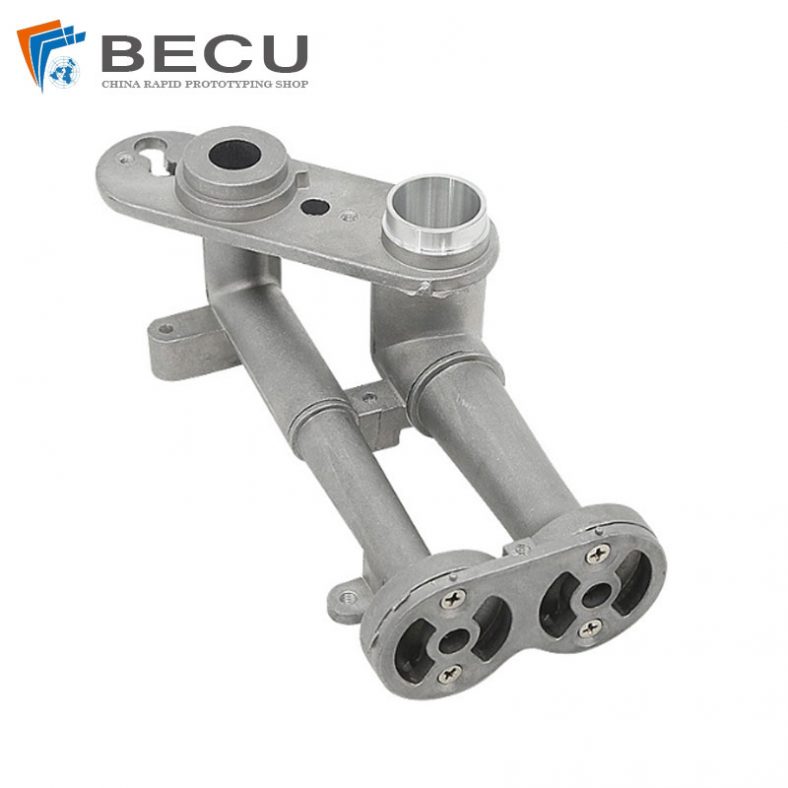
CNC Machining Gas Stove Bottom Joint
-

Gravity Die Casting Custom Street Light Heat Sink
-
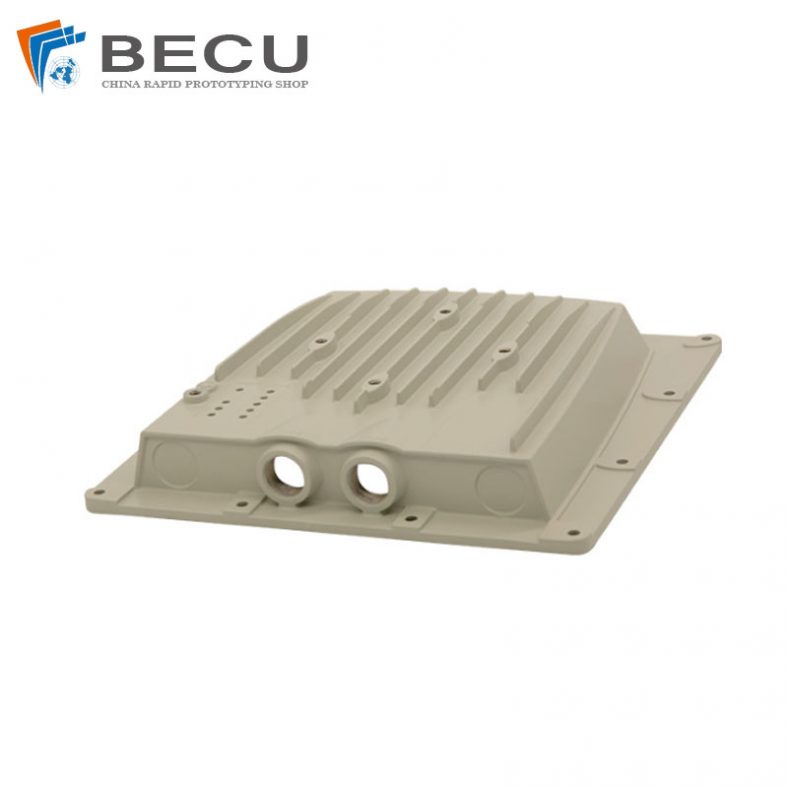
Die Casting LED Canopy Lights Heatsink For Gas Station
-
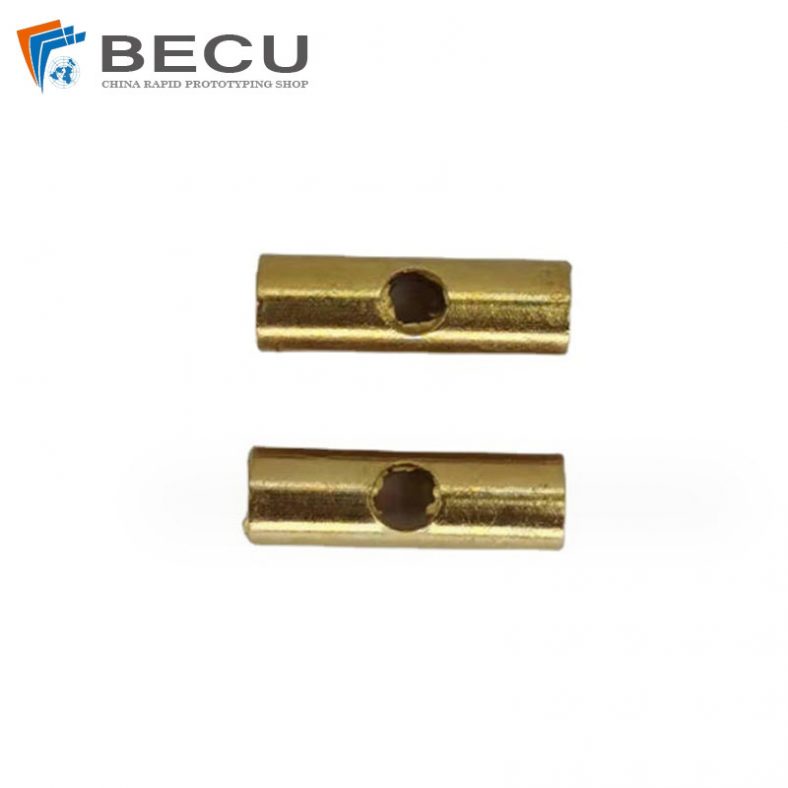
Zinc Die Casting PA10 Transformer Connector Terminal
-
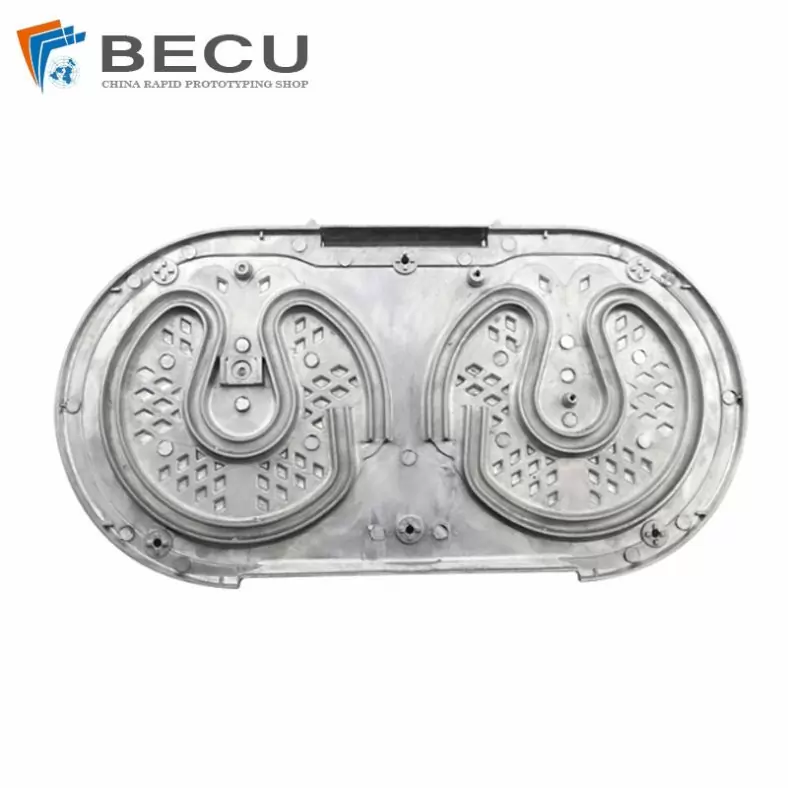
Die Casting Aluminium Cookware Chassis
-

Die Casting Wheels With Aluminum Alloy 5 Axis CNC Machining
-
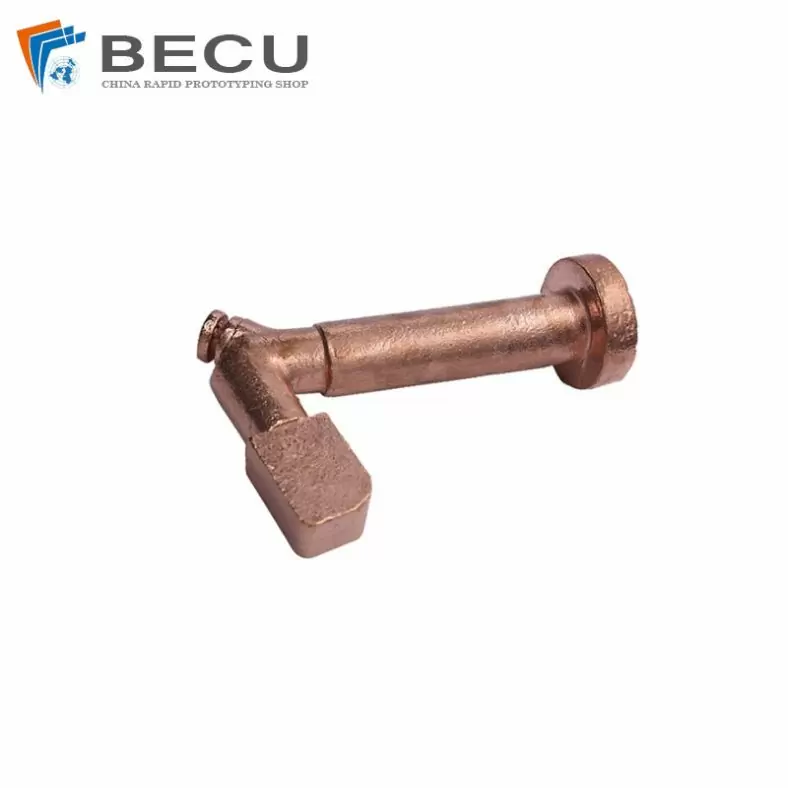
Precision Machined Copper Die Casting Parts
-
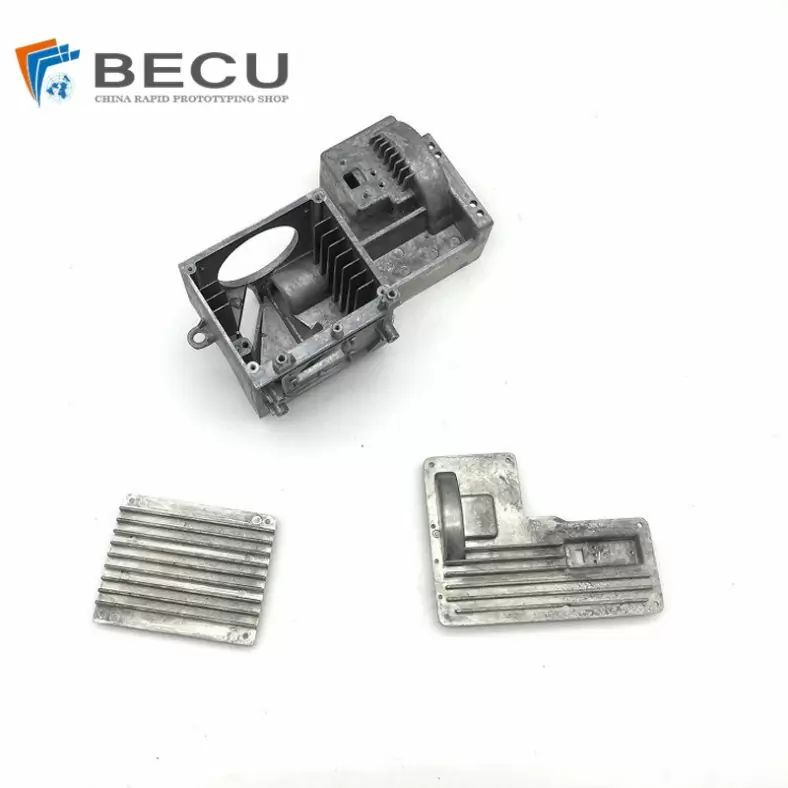
Professional Small Baler Aluminum Alloy Die-casting Mold Production
-
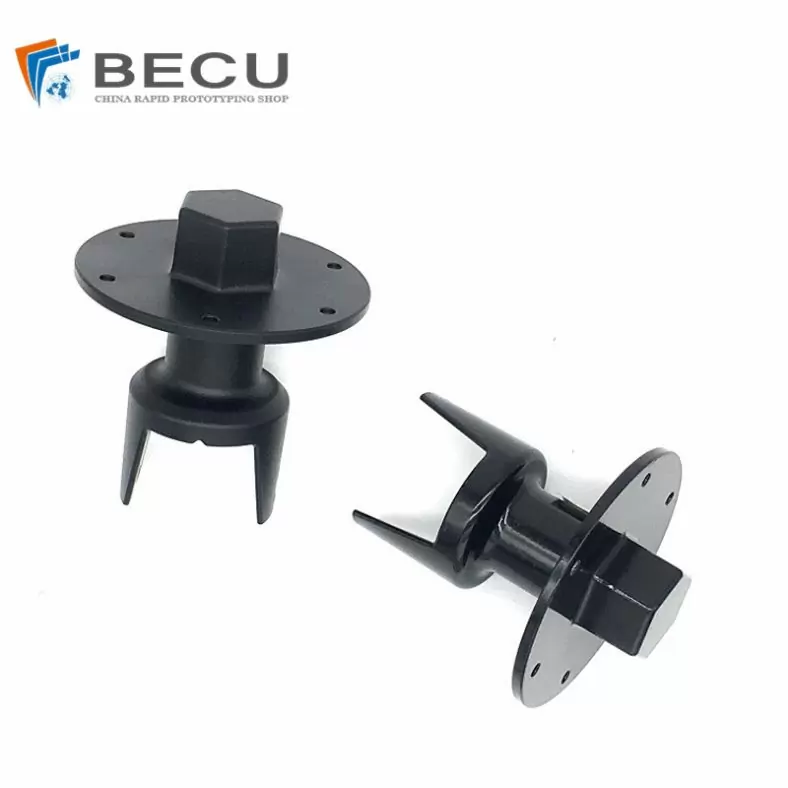
China Die Casting Factory Manufactures Surface Sprayed Aluminum Valve Body
-
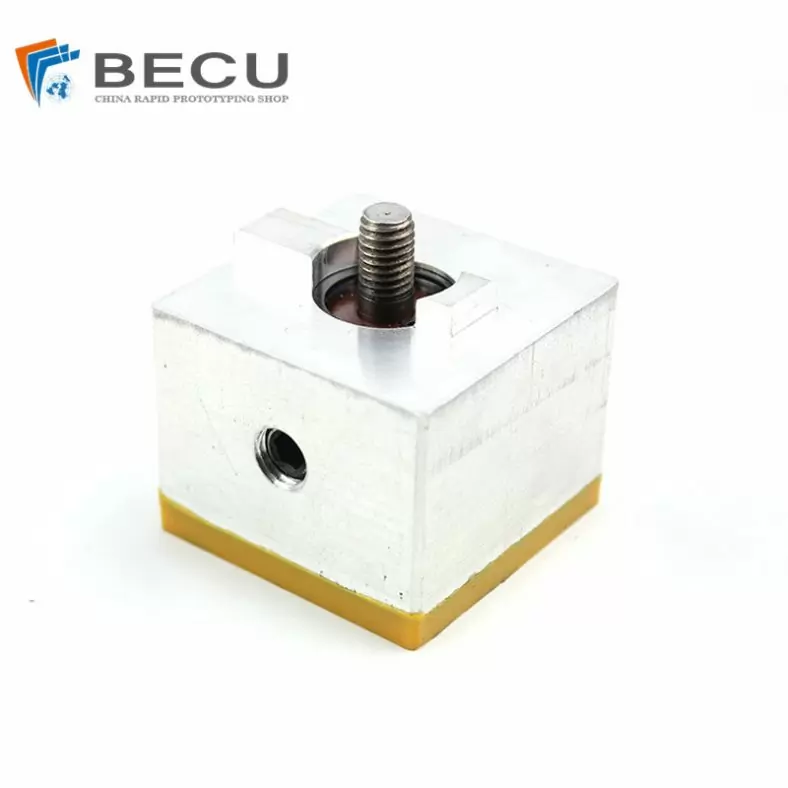
Extrusion Die-casting Polyurethane-Coated Aluminum Alloy Profiles
-

Custom Precision Aluminum Die Cast Brackets and Finishes
-
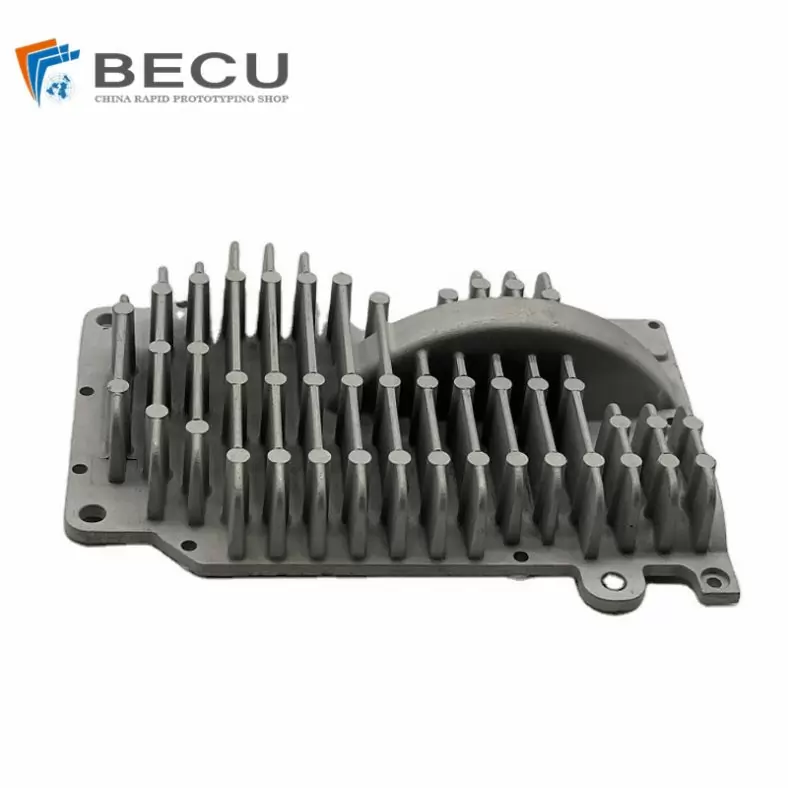
Extrusion Die-casting Magnesium Alloy Heat Sink Shell
